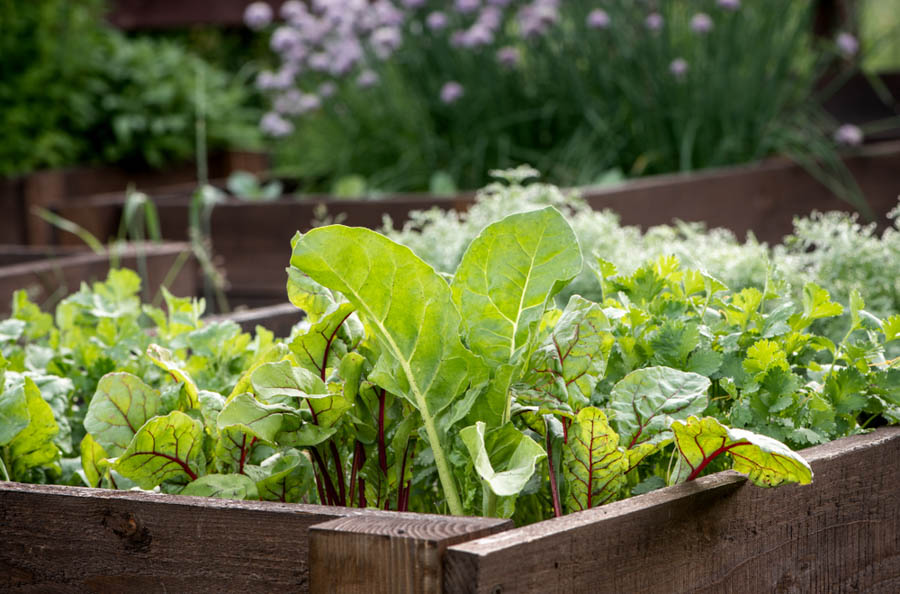Growing Vegetables in SoCal's Inland Valleys: May Tasks

Growing vegetables in one of Southern California’s warmer inland valleys? May and June can be transition months with cooler spring weather giving way to early summer heat. Here are 8 tasks for May:
- Monitor plants regularly, at least every other day during warm weather and every day during hot weather to catch wilting, irrigation, pest, disease, weed, and other problems early.
- Maintain or add mulch.
- Harvest thinnings and spring crops.
- Harvest more aggressively before heat waves, including whole plants or all vegetables for cool-season crops such as basil and red-or-multi-colored chard and sensitive warm-season crops such as zucchini. Use caution when adding nitrogen in the weeks before the full heat of summer arrives.
- Provide consistent soil moisture and shade during heat waves to extend harvests; see Tips for Shading Vegetables During Hot Weather for creative ideas for providing shade.
- Harvest and save seeds from spring-bolted vegetables and herbs such as arugula, basil, beets, chard, and lettuce after seed stalks are brown and dry; and from warm-season vegetables such as tomatoes.
- Cut off expired plant stems at ground level after harvest or as plants die, leaving roots in place to feed soil.
- Plan and complete irrigation, seed-starting, transplanting, soil testing, soil amending, and garden projects for late spring and summer.
GardenZeus has customized gardening information by plant and zip code. To get started, enter your zip code here.
New to vegetable gardening? Read Darren’s series offering advice and solutions for common challenges when starting a garden in California. Here are the first three articles in the series:
Planning for New Vegetable Gardens: Siting and Sunlight
